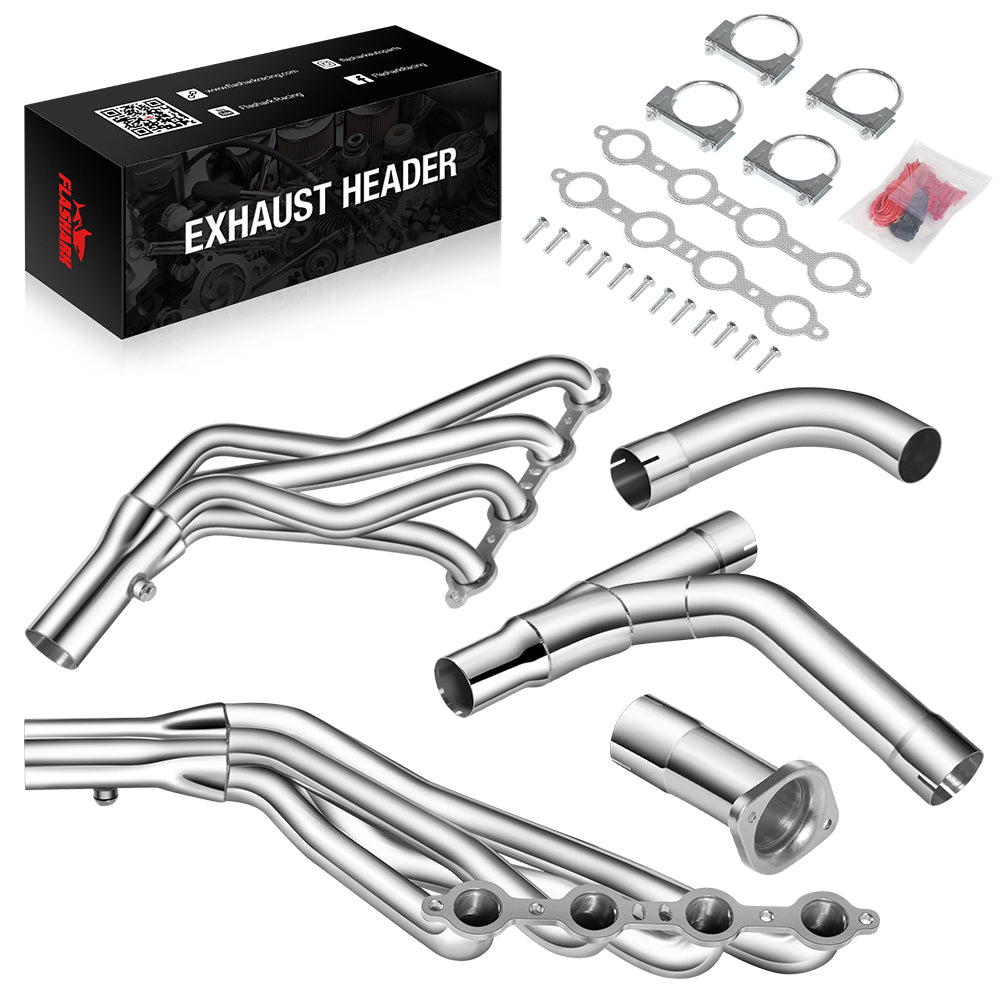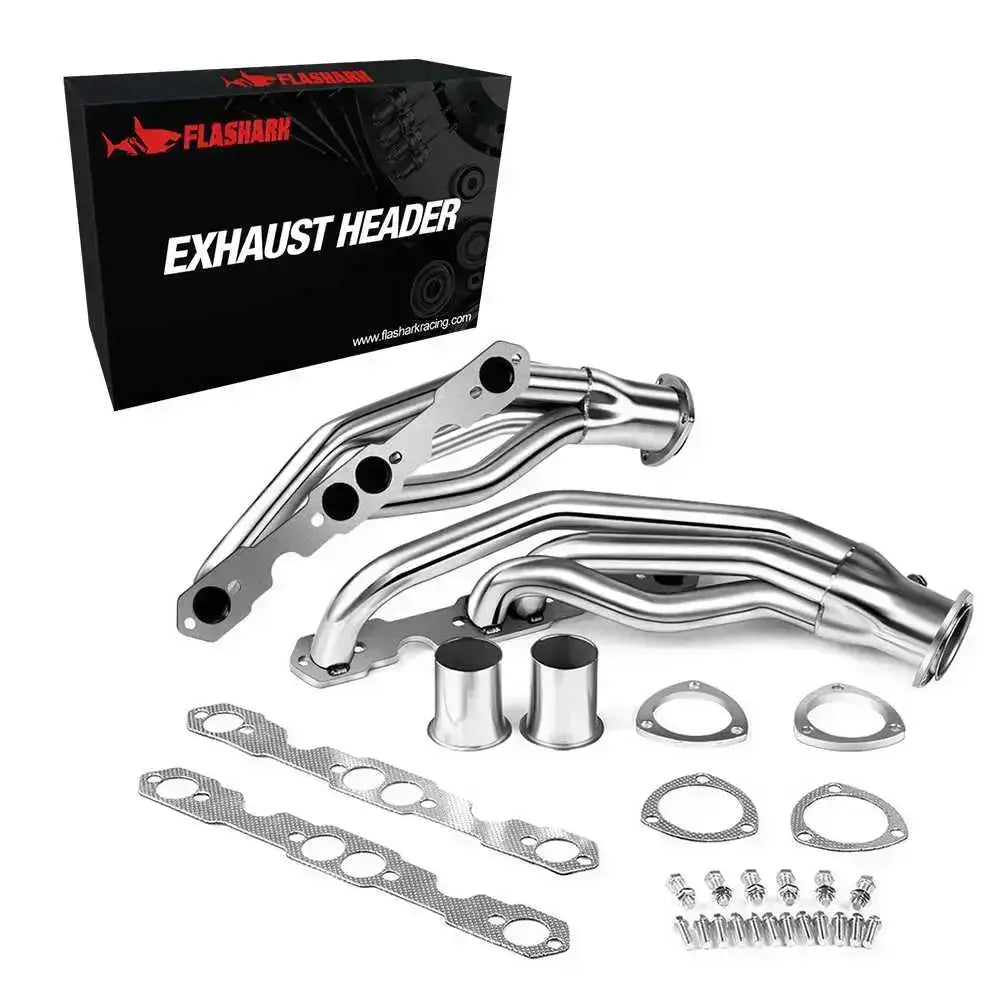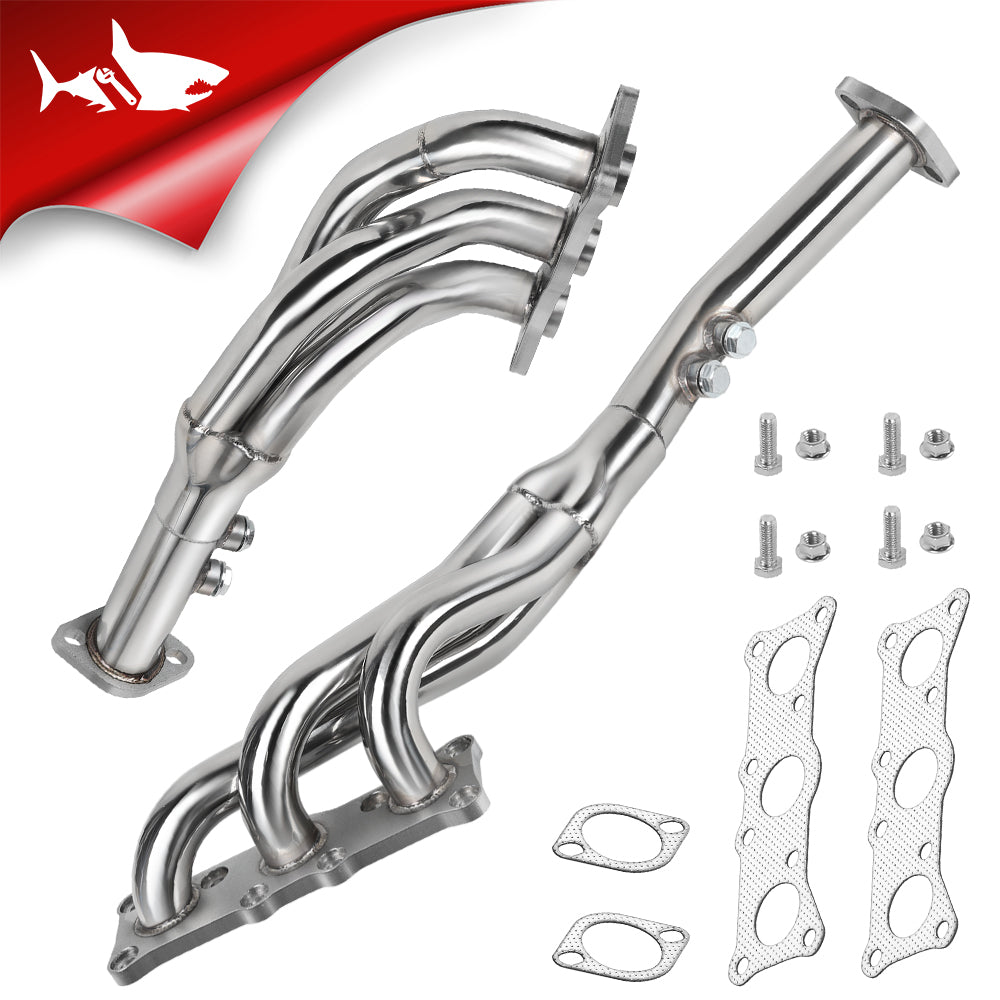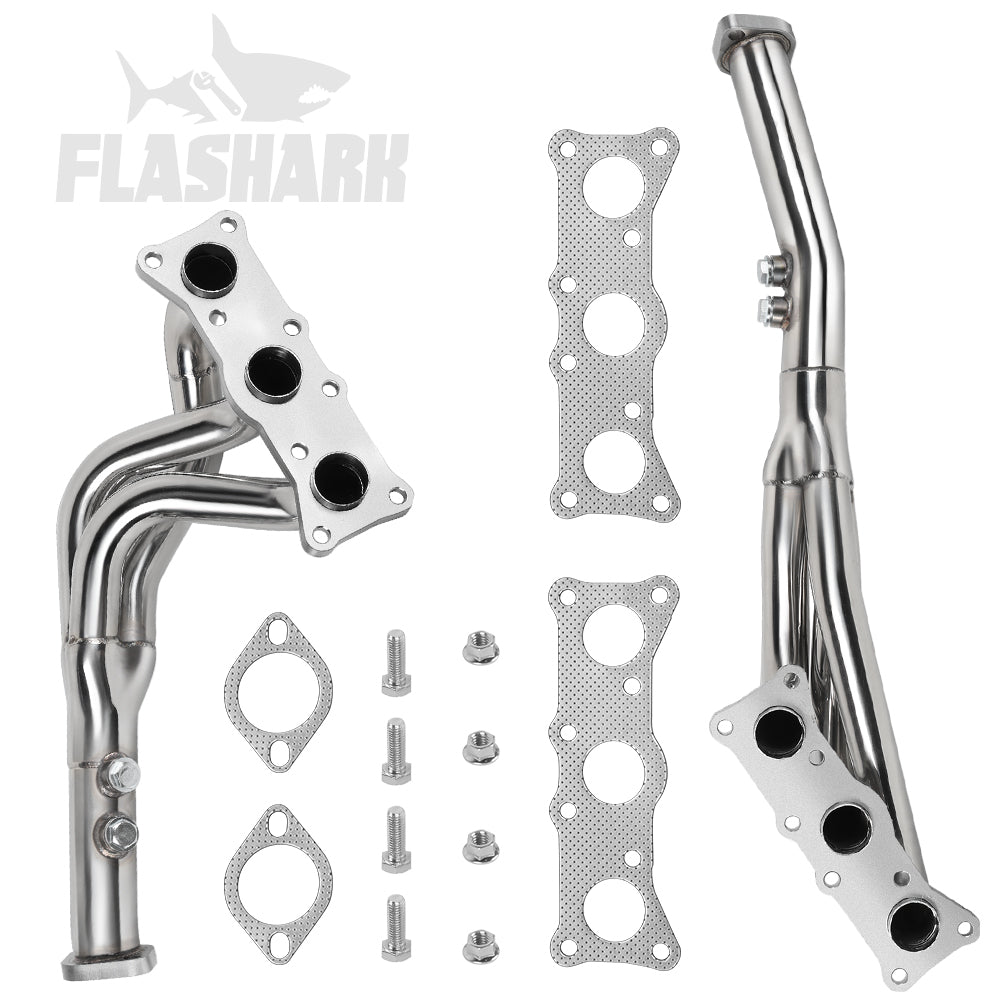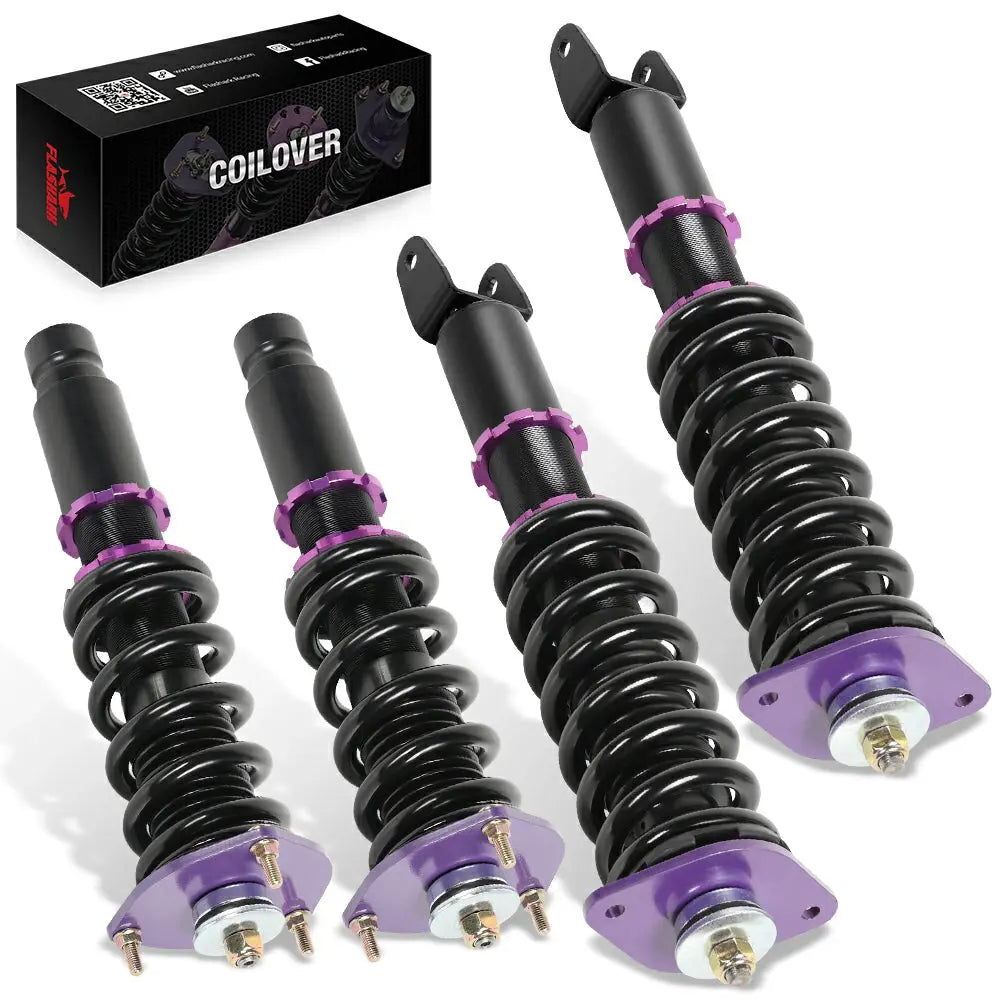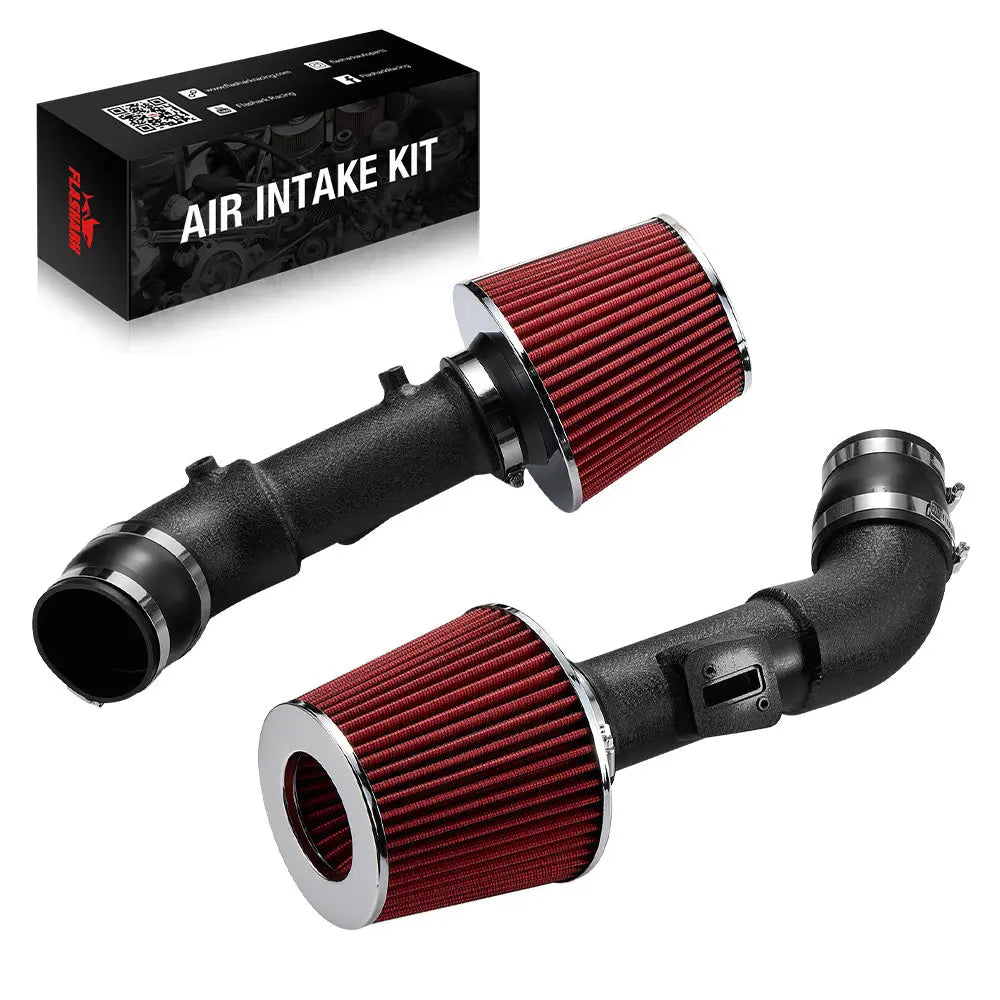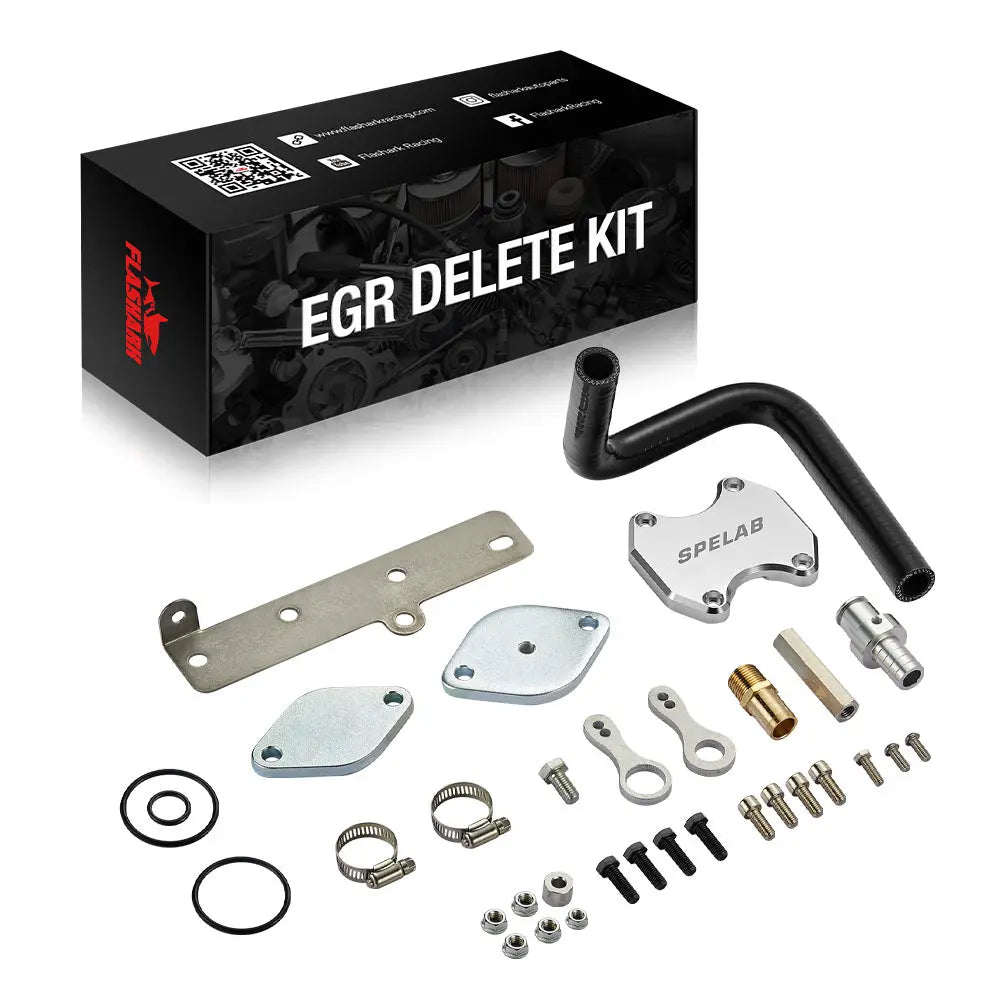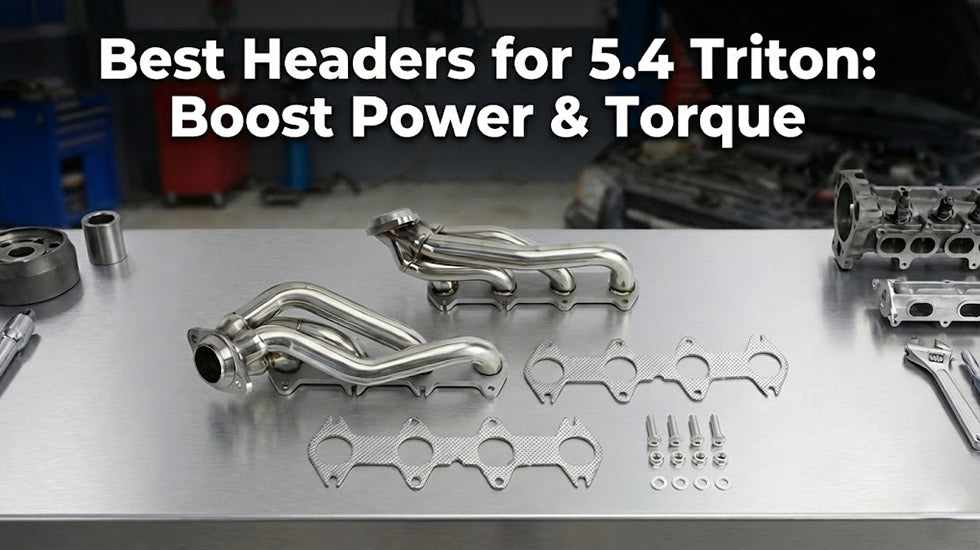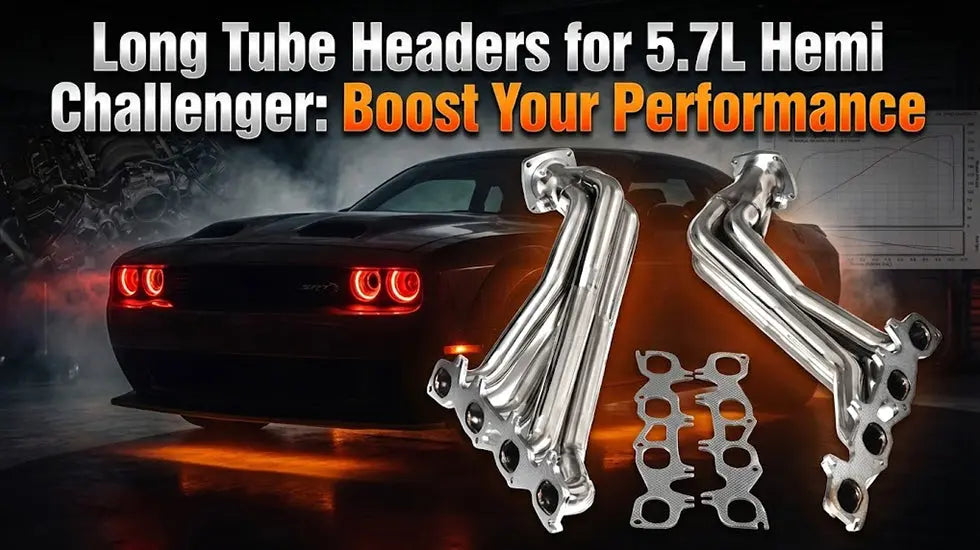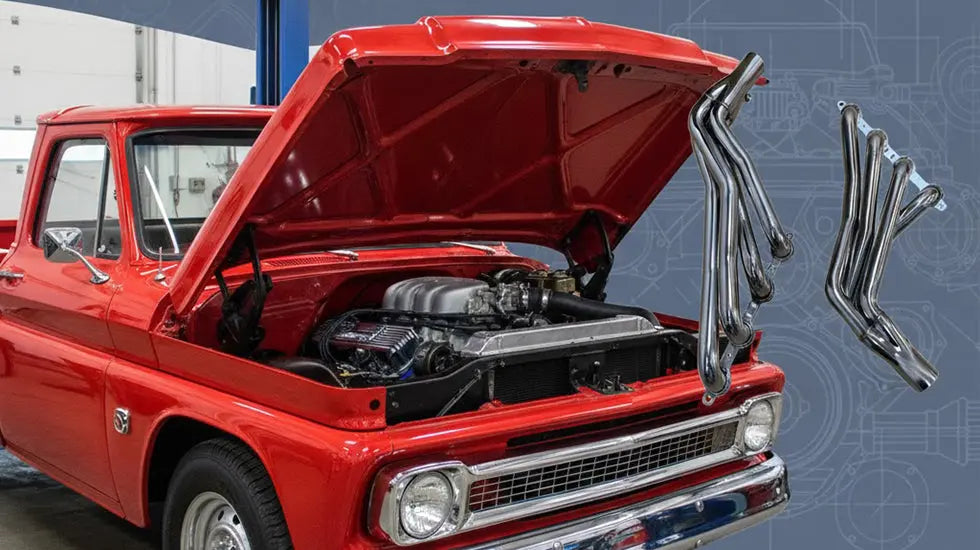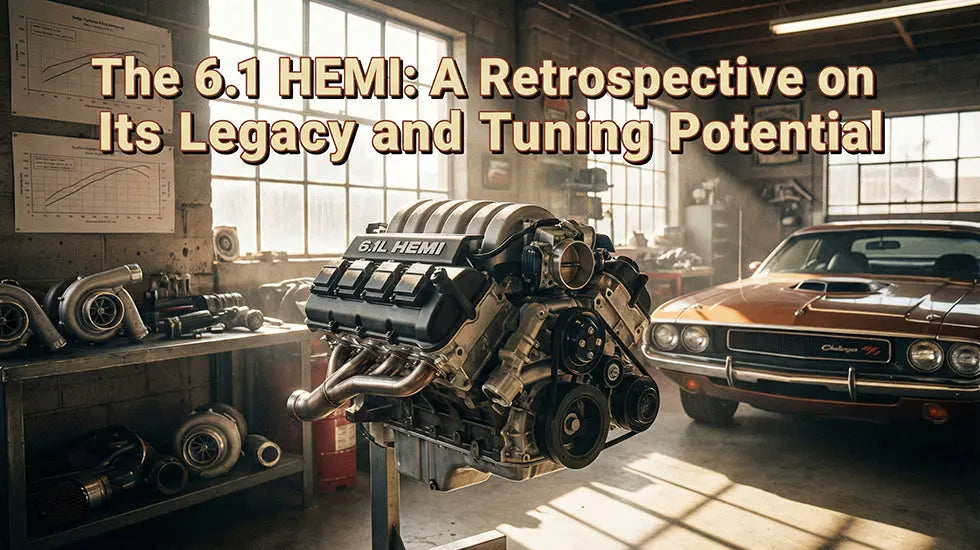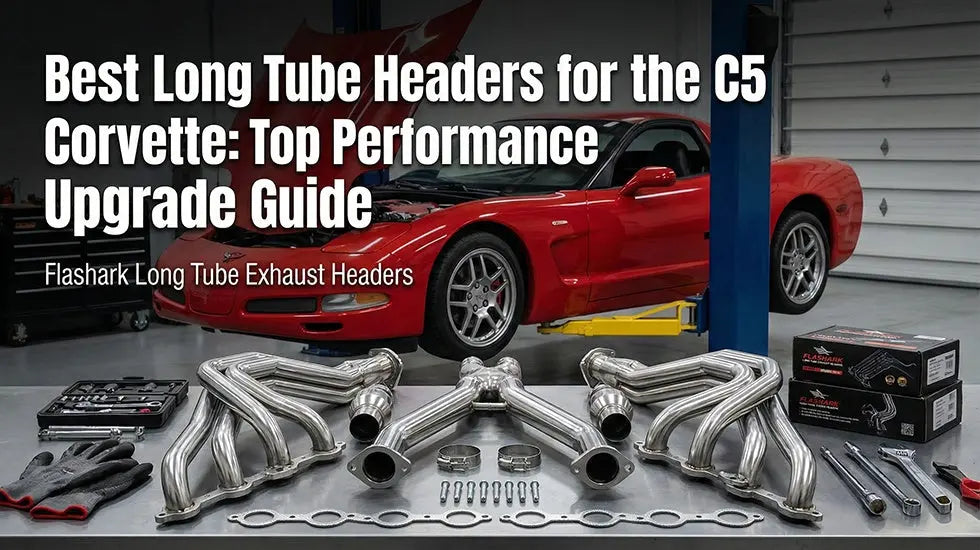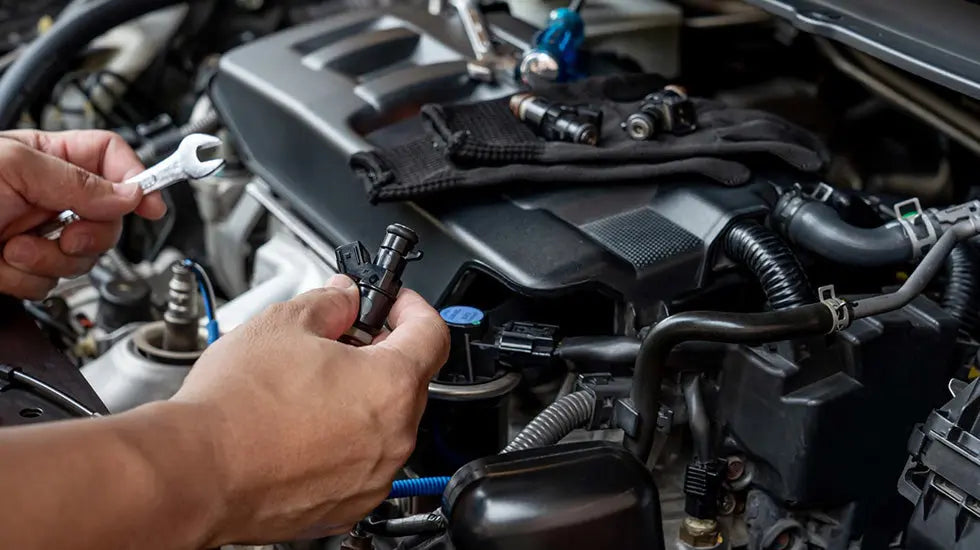What is a Cat & DPF Delete? Why Consider it for Your 6.7L Powerstroke
Looking into performance upgrades for your 6.7L Powerstroke?
A Cat & DPF Delete refers to removing the factory catalytic converter (Cat) and diesel particulate filter (DPF) systems from your truck’s exhaust.
This modification is mostly done by owners aiming for better performance, more sound, or improved fuel efficiency.
It’s popular in the diesel world, but there’s more to know before you decide if it’s right for you.
How a Cat & DPF Delete Impacts Your 6.7L Powerstroke
Performance Gains & Driving Feel
Deleting the Cat and DPF usually brings a noticeable bump in horsepower and torque.
You’ll likely feel quicker throttle response, especially when towing or hauling heavy loads.
The truck also “breathes” better, and many drivers enjoy the deeper, more aggressive exhaust note.
It’s a change you’ll notice every time you hit the throttle.
Fuel Mileage Changes (MPG Improvements)
One of the big questions is always about miles per gallon.
After a DPF delete, it’s common to see a 2–4 MPG increase under normal driving.
Results can vary depending on your setup and driving habits, but most owners are happy with the improvement.
That said, heavy-footed drivers may see less MPG benefit!
How Many Miles Per Gallon Does a 6.7 Powerstroke DPF Delete Get?
On average, deleted 6.7L Powerstrokes get around 16–20 MPG on the highway, sometimes even more.
City mileage will be a bit lower, but nearly everyone reports better fuel economy than stock.
Pros, Cons & Legal Risks of a Cat & DPF Delete
Benefits & Real-World Advantages
The biggest benefit is performance.
No more clogged filters holding back your engine.
You’ll also see fewer regeneration cycles, reduced exhaust temps, and often lower long-term maintenance costs.
For many, it’s a way to extend engine life—especially if you use your truck hard.
Legal and Compliance Risks
Here’s the real talk: Deleting your emissions equipment is illegal for on-road vehicles in most regions.
You risk fines and failed inspections, which can affect resale or the manufacturer's warranty.
It’s your call—but always know the risks before making changes.
If you’re planning to drive off-road or in motorsport events, the situation may be different.
How to Install a Cat & DPF Delete Pipe
Step-By-Step DIY Install Guide
If you’re handy with tools, this is a doable weekend project.
You’ll need basic sockets, wrenches, jack stands, and a way to tune the truck’s ECM.
Remove the stock exhaust sections, unplug sensors, and bolt in your new pipes.
A good guide or YouTube walkthrough makes a world of difference here.
Pro Install vs. DIY: What’s the Difference?
DIY saves money, but a shop has a lift, air tools, and experience.
If you’re not comfortable with exhaust work or custom tuning, a professional installation is safer.
Either way, be sure to double-check for leaks and proper sensor placement when you’re done.
Take your time—rushed work leads to headaches later.
Common Issues & Things to Watch Out For
Stripped bolts, stubborn sensors, and rusted factory pipes are the most common headaches.
It helps to soak everything in penetrating oil the night before.
Be careful with wiring—broken sensor plugs can get expensive fast.
And remember, once installed, you’ll need a proper tuner to turn off the DPF codes.
DPF Delete Costs: What to Expect
How Much Does it Cost to Delete a 6.7 Powerstroke?
Most quality delete kits run $400–$800.
Add $250–$500 for tuning and about the same again if you have a shop do the labor.
All-in, expect $1,000–$1,500 for a full delete, including parts, tune, and install.
Prices can go up if you pick stainless steel or run into rusted exhaust hardware.
Breaking Down the Costs
Your total cost includes the pipe kit, a compatible tuner (crucial), and any shop labor.
Don’t forget new gaskets or exhaust clamps—they add up but are worth it.
Life After the Delete: Longevity and Maintenance
How Long Will a Deleted 6.7 Powerstroke Last?
When done right, a deleted 6.7 Powerstroke can last just as long, if not longer, than stock.
No more DPF or EGR failures means fewer trips to the shop.
Just be sure to keep up on oil changes and watch for soot build-up in the exhaust.
Regular maintenance is key to long-term reliability.
Maintenance Tips & Common Problems
Monitor your tune—cheap ones can cause headaches.
Keep an eye on EGTs (exhaust temps) and use high-quality oil and filters.
Some drivers report more exhaust smoke, so make sure your truck stays in top shape.
If you hear odd noises or notice performance drops, investigate right away.
FAQ
Q: Will My Truck Pass Inspection After a DPF Delete?
In most areas, no.
Most states require all emissions equipment to be intact for road use.
Q: How Much More Power Will I Feel?
Most owners report a “seat of the pants” gain, especially in throttle response.
Expect up to 100hp gains with a tune and proper delete.
Q: Can I Go Back to Stock Later?
With the right parts, yes.
Keep your factory pipes and sensors if you think you might need to reverse the delete.
Q: Does Deleting Affect My Warranty?
Absolutely—it almost always voids any remaining factory warranty on emissions parts.
Consider this before making the leap.
Conclusion
Deleting your Cat & DPF on a 6.7L Powerstroke isn’t for everyone.
It brings power, sound, and efficiency, but comes with risks and responsibilities.
Do your research, invest in quality parts, and make sure you’re prepared for what comes after.
If you’re ready for the change, you’ll join thousands of satisfied diesel owners—but always make an informed choice.


